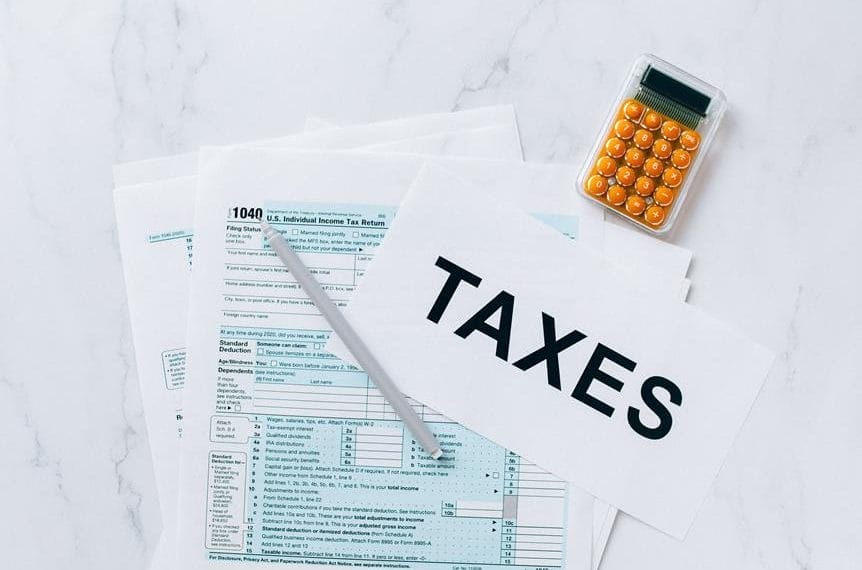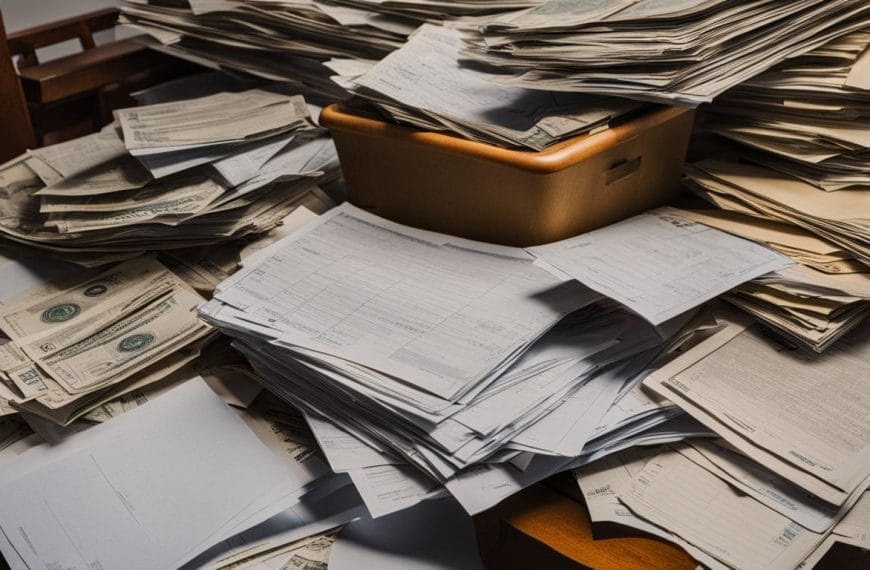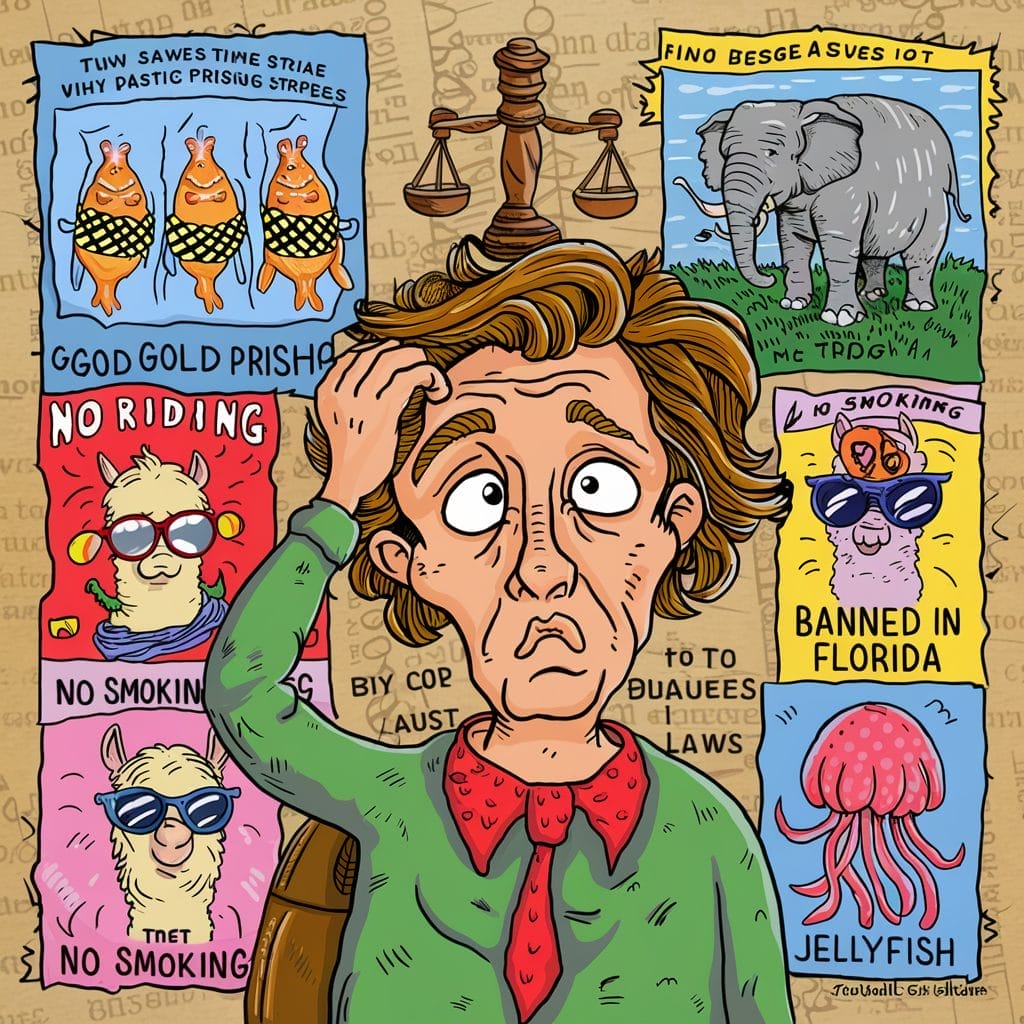Are you drowning in a sea of debt, unsure how to regain control of your financial situation? Imagine a scenario where you could wipe away your debts and start fresh with a clean slate.
Filing for bankruptcy Chapter 7 in Maryland might be the lifeline you need. But where do you start? How do you navigate the complex process of filing for bankruptcy?
In this discussion, we will explore the step-by-step guide to filing bankruptcy Chapter 7 in Maryland, providing you with the essential information and resources to help you get back on your feet.
Key Takeaways
- Chapter 7 bankruptcy in Maryland requires specific forms such as the voluntary petition, creditor mailing matrix, and certificate of credit counseling.
- There are multiple options for paying the filing fee, including installment plans and fee waivers based on income.
- The filing process can be done in person, by mail, or through e-filing using the CM/ECF system.
- It is important to gather all required documents, such as bills, collection letters, and recent credit reports, and consult a bankruptcy lawyer for guidance and compliance with court requirements.
Understanding Chapter 7 Bankruptcy
To understand Chapter 7 Bankruptcy, you must be familiar with the required forms, such as the voluntary petition, creditor mailing matrix, and certificate of credit counseling. These forms are essential for initiating the bankruptcy process in Maryland. Additionally, it’s important to note that there’s a filing fee associated with Chapter 7 Bankruptcy. However, options are available if you can’t afford the fee, such as installment plans or fee waivers based on your income.
When filing for bankruptcy in Maryland, you must go through the local U.S. Bankruptcy Court, District of Maryland. This can be done in person, by mail, or through e-filing. It’s worth mentioning that the Maryland bankruptcy court has three divisions, but only two accept filing cases, depending on the county of your residence. E-filing is also an option through the CM/ECF system, which offers a convenient and efficient way to file your bankruptcy petition electronically.
In addition to the required forms and filing process, there are other important aspects to be aware of when filing for Chapter 7 Bankruptcy in Maryland. These include the means test, which determines your eligibility for Chapter 7 bankruptcy based on your income, and the debtor education course, which is mandatory for all individuals filing bankruptcy. Furthermore, understanding exemptions and how they apply to your property is crucial to protect certain assets. Finally, completing a financial management course is necessary to receive a discharge of your debts.
Gathering Required Documents
Gathering the required documents for filing Chapter 7 Bankruptcy in Maryland involves collecting essential financial records such as pay stubs, bank statements, and tax returns. These documents are crucial in giving the bankruptcy court a clear picture of your financial situation.
Here are three key documents you’ll need to gather:
- Bills or statements showing debts and creditors’ contact information: These documents will help you identify all the debts you owe and who you owe them to. This readily available information will streamline the bankruptcy process and ensure that all your debts are included in the filing.
- Collection letters or lawsuit paperwork: Keeping these documents will help you track the actions taken by your creditors. It’s essential to have a record of any legal proceedings or collection attempts made against you.
- Recent credit report: Obtaining a credit report from a major credit reporting bureau will give you a comprehensive overview of your debts and financial obligations. This report can help you identify any outstanding debts or creditors you may have overlooked.
Completing the Bankruptcy Forms
When completing the bankruptcy forms for Chapter 7 in Maryland, you must provide necessary documentation and file the forms through the appropriate channels. It is crucial to gather all the required documents, such as pay stubs, bank statements, and tax returns, to reflect your financial situation in the bankruptcy case accurately. Once you have gathered the necessary paperwork, you can file your Chapter 7 bankruptcy forms in person, by mail, or through electronic filing using the CM/ECF system.
To make the filing process smoother, it is advisable to consult with a bankruptcy lawyer who can guide you through the process and ensure compliance with the bankruptcy court’s requirements. They can also help you understand the payment options for filing fees, including installment plans and fee waiver eligibility.
Below is a table outlining the steps involved in completing the bankruptcy forms for Chapter 7 in Maryland:
| Step | Description |
|---|---|
| 1 | Gather essential bankruptcy documents, including bills, collection letters, and a recent credit report. |
| 2 | Complete the required bankruptcy forms accurately, providing detailed information about your income, assets, expenses, and debts. |
| 3 | File the completed forms with the bankruptcy court by submitting them in person, mailing them, or electronically filing through the CM/ECF system. Ensure that you follow the court’s guidelines and meet any deadlines for filing. |
Paying the Filing Fee
You have several options for paying the filing fee for Chapter 7 bankruptcy in Maryland. The filing fee for Chapter 7 bankruptcy in Maryland is currently $338. Here are three ways you can pay the fee:
- Cash, Certified Check, or Money Order: You can pay the filing fee in cash, by certified check, or by money order. Ensure you bring the exact amount to the court when you file your bankruptcy petition.
- Installment Payments: You may be eligible for installment payments if you can’t afford the filing fee upfront. You can apply for installment payments using specific forms available at the bankruptcy court. The final installment payment must be made within 120 days after filing the petition.
- Fee Waiver: If your income is less than 150% of the official poverty line, you may qualify for a filing fee waiver for a Chapter 7 case. You must complete and submit the appropriate forms to the bankruptcy court to apply for a fee waiver. The court will review your income and monthly expenses to determine your eligibility for the fee waiver.
Filing and Finalizing the Bankruptcy Case
To file and finalize your bankruptcy case in Maryland, you must gather and complete various essential forms. These forms include the voluntary petition, creditor mailing matrix, and statement of a social security number. The voluntary petition is the document that officially initiates the bankruptcy process. It provides information about your financial situation, such as your income, expenses, assets, and debts. The creditor mailing matrix lists all your creditors and their contact information, while the statement of social security number confirms your identity.
In addition to these forms, you’ll also need to submit other documents, such as the Statement of Financial Affairs. This document includes schedules A – J, which detail your assets, liabilities, income, and expenses. It also consists of a declaration about individual debtors’ schedules and a Chapter 7 statement of current monthly income and means test calculation.
Once you have gathered and completed all the necessary forms and documents, you can file them with the bankruptcy court. You’ll need to pay a filing fee, which can be paid in various ways, including cash, certified check, money order, or applying for fee waivers or installment payments.
It’s important to note that filing for bankruptcy in Maryland requires compliance with specific jurisdiction and residency requirements. You can file in person, by mail, or through e-filing. If you’re unsure about the process or need assistance, it may be helpful to consult with a bankruptcy lawyer who can guide you through the filing and finalizing process.
Conclusion
In conclusion, filing for Chapter 7 bankruptcy in Maryland requires gathering the necessary documents, completing the required forms, and paying the filing fee.
The process can be done in person, by mail, or through e-filing.
It’s important to file with the appropriate bankruptcy court division based on your county of residence.
By following these steps, individuals can successfully navigate the bankruptcy filing process in Maryland.













